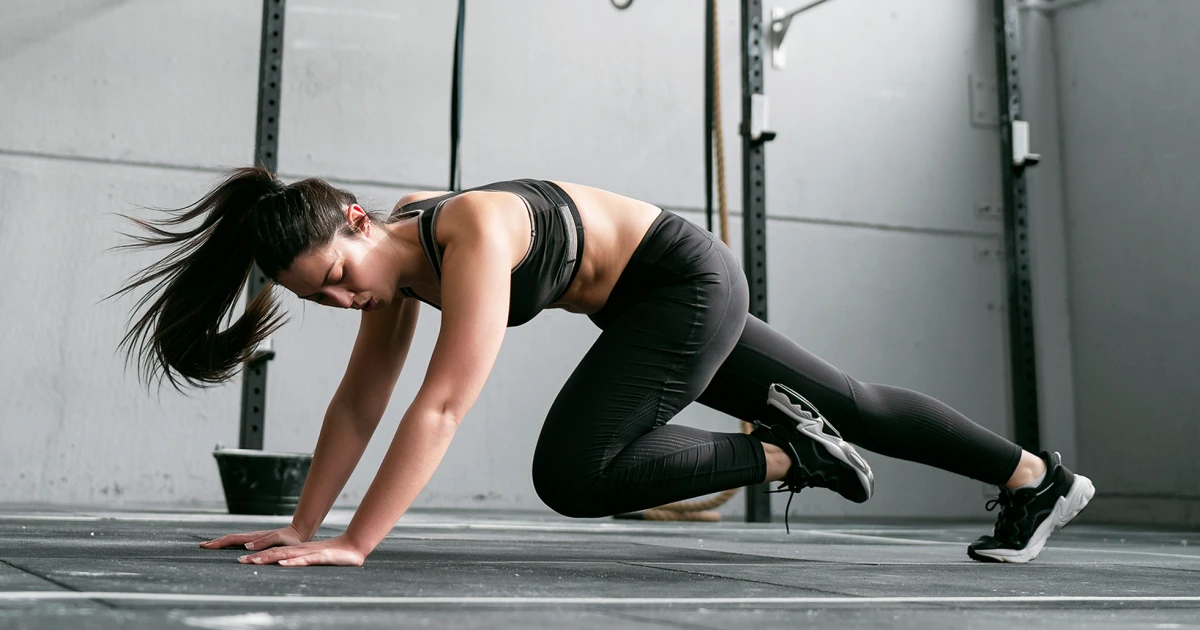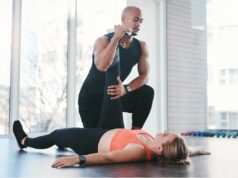
Waist training, an age-old practice, has recently made a resounding comeback in the world of fitness and fashion. It’s not just about achieving an hourglass figure; it’s also about instilling confidence and promoting a healthy lifestyle. Today, we dive deep into the world of waist training, specifically targeting that stubborn belly fat that many of us grapple with.
Understanding Belly Fat

While many see belly fat as an aesthetic obstacle, its implications run far deeper. In truth, belly fat stands as both a cosmetic and serious health concern. Diving into the anatomy, there are two primary types of belly fat:
Subcutaneous fat: This is the soft, wobbly fat you can easily pinch, and it sits just beneath the skin. While it might be the more visible offender, especially when we’re trying on that tight-fitting dress or shirt, it’s relatively benign health-wise.
Visceral fat: Positioned deeper within the abdominal cavity, this fat envelopes your internal organs. Its insidious nature lies in its production of inflammatory agents, which interfere with insulin production and other critical hormone functions. Beyond just being an unsightly bulge, it acts as a silent adversary from within.
Numerous studies have shown that an abundance of visceral fat significantly increases the risk of conditions such as type 2 diabetes, heart disease, and certain cancers. Given these alarming facts, addressing belly fat demands more than just surface-level solutions. A holistic approach, combining a well-balanced diet, regular exercise, and positive lifestyle changes, is the most effective strategy to combat this health menace.
What is Waist Training?
Waist training, a term frequently splashed across fitness magazines and influencer Instagram feeds, centers on wearing corsets or waist trainers to methodically sculpt the waistline. But this practice isn’t a new-age phenomenon. Historically, corsets were more than just fashion pieces; they represented societal norms of beauty and status. Throughout the ages, from Victorian elites to the flappers of the 1920s, women have donned these restrictive garments in the quest to attain the culturally desired silhouette.
However, the modern waist trainers we see today, while paying homage to these traditional pieces, are a blend of history and innovation. Crafted using advanced materials and design modifications, they balance form and function. As a result, they not only offer aesthetic benefits but are also considerably more comfortable and effective in their purpose, making them a popular choice for many.
The Science Behind Waist Training

As waist training surges in popularity, a burning question emerges: Can it genuinely burn belly fat? This query has spurred much debate and discussion in the fitness and health community. Some proponents argue that wearing waist trainers boosts perspiration around the midsection, leading to fat burn. Conversely, skeptics postulate that these devices merely shift fat around or exert potentially harmful compression on organs.
When it comes to science, the reality is nuanced. While waist trainers can indeed give the illusion of a slimmer waist and even help posture, they don’t directly incinerate fat. The widely-promoted concept of spot reduction—that is, selectively shedding fat from a specific region—doesn’t stand up under scientific scrutiny. However, when waist training is integrated into a holistic regimen, encompassing a nutritious diet and consistent exercise, it can be part of a transformative journey. The key lies in understanding its capabilities and limitations.
Choosing the Right Waist Trainer
The art of waist training dates back centuries, evolving from restrictive corsets to modern, more flexible cinchers. Your selection depends on personal goals and comfort. The fit is paramount; while it should be snug, it shouldn’t be suffocating. As for materials, favor ones like cotton that allow your skin to breathe and reduce chances of irritation. Not to forget, as you progress, your waistline changes. Hence, opt for trainers with size adjustments. A good rule of thumb? If it’s causing difficulty breathing or discomfort, it’s not right for you.
Incorporating Healthy Eating Habits
A waist trainer assists in contouring the waist, but it doesn’t magically melt away fat. That’s where nutrition plays a significant role. Prioritize fiber-rich foods such as oatmeal, apples, and broccoli, which not only satiate hunger but aid in digestion. Proteins, from sources like lean meats, lentils, and tofu, are foundational for muscle repair, especially after exercise. Additionally, don’t shy away from healthy fats like those found in avocados and almonds. These fats not only provide energy but also help with hormone production and nutrient absorption. Alongside these diet staples, practice mindful eating—chewing slowly, savoring each bite, and recognizing when you’re full can make a significant difference.
Effective Waist-Targeting Exercises

While the waist trainer shapes, exercises burn the fat and strengthen muscles. Core exercises, such as planks, work wonders for the abdominal muscles. Side twists, on the other hand, target obliques, ensuring a comprehensive midsection workout. Meanwhile, cardio exercises like cycling or swimming can enhance fat burn throughout the body. The journey starts with baby steps. Consistency over intensity ensures longevity in your fitness journey. As weeks go by, challenge yourself, increasing intensity and duration, ensuring consistent growth.
Creating a Waist-Trimming Routine
Building a routine is the foundation of any fitness journey. Begin with a warm-up like brisk walking, preparing the body for what’s to come. Post that, wear your waist trainer. Initially, limit it to 20-30 minutes, gradually extending as you get comfortable. Follow this with core and cardio exercises. Round off with a cool-down, opting for stretches that relax muscles and reduce post-workout stiffness. Having this structured approach can significantly boost your motivation and results.
Safety Precautions
Every fitness regimen has its nuances and potential risks. Waist training, if overdone, can cause harm. Over-tightening might give faster results but at the expense of discomfort, reduced breathability, and potential injury. The body often sends signals when something’s amiss. Pay attention. If discomfort persists, it’s advisable to consult with fitness professionals or healthcare providers, ensuring you’re not jeopardizing your health. Especially for those with pre-existing conditions, professional guidance is invaluable.
Tracking Progress and Adjustments
Celebrating small victories boosts motivation. Use measurements, journals, or photographs to track your evolution. This not only showcases progress but helps in identifying areas needing adjustments. As you develop strength and stamina, tweak your exercises, waist training duration, and even dietary habits. This adaptive approach ensures that your regimen grows with you, maximizing effectiveness.
Realistic Expectations

Waist training is an excellent tool but it’s a part of a larger puzzle. It’s not an overnight solution; it requires patience, consistency, and effort. As you embark on this journey, prioritize self-love. Understand that every body is unique, and setting achievable, realistic goals allows for sustainable progress and reduces potential frustrations.
Lifestyle Factors and Long-Term Results
Beyond diet and exercise, lifestyle choices heavily influence your waistline and overall well-being. For instance, chronic stress can increase cortisol levels, promoting fat accumulation around the waist. Additionally, good sleep hygiene not only rejuvenates the body but also ensures optimal metabolic function, aiding in fat loss. Thus, adopting a holistic approach, considering all facets of life, paves the way for lasting results.







